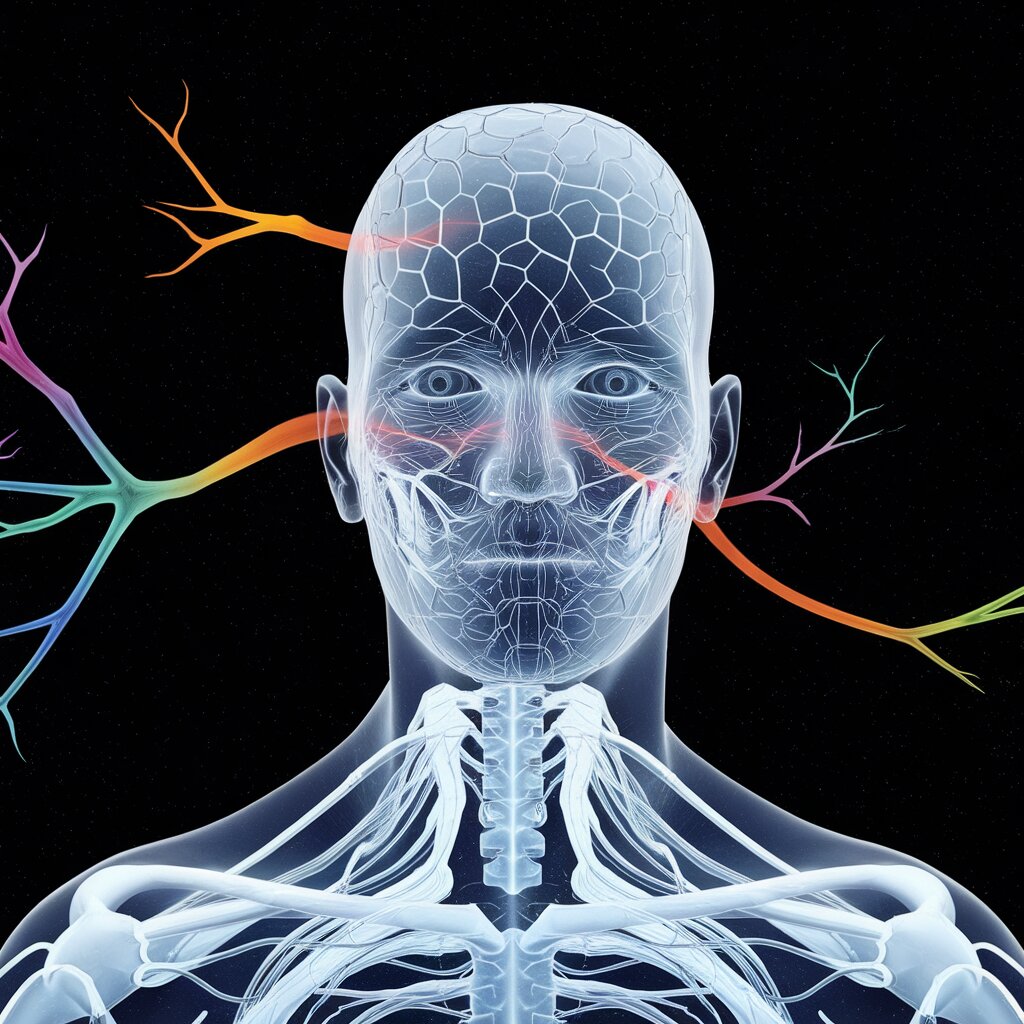At Purdue University, a significant breakthrough in chip design may soon address the energy limitations constraining wearable devices from utilizing AI for complex tasks. This innovation, spearheaded by Shreyas Sen, Associate Professor of Electrical and Computer Engineering, aims to revolutionize how wearable AI operates, potentially enabling it to function efficiently even without a continuous internet connection.
The current landscape of artificial intelligence, with tools like ChatGPT, requires heavy internet dependency primarily due to their high energy demands. However, Shreyas Sen is reimagining this dynamic by incorporating biological insights into chip design. Taking cues from the human nervous system, Sen’s lab is developing chips that could vastly enhance the battery efficiency and functionality of wearable AI devices.
Sen explains that the human brain, although energy-intensive, excels in transmitting a vast amount of information through the peripheral nervous system using minimal energy. Drawing from this mechanism, Sen’s custom-designed chips aim to mimic this efficiency by employing electro-quasistatic signals, a low-energy communication method.
Typically, AI computations occur in data centers due to their power requirements, with devices like smartphones and smartwatches relying on cloud-based data. Sen’s cutting-edge research is focused on “edge” technology, which entails running AI algorithms directly on these devices. This shift from cloud dependency to edge processing could dramatically reduce energy consumption and enhance AI functionality in wearables.
Sen and his team have designed a series of chips that leverage electro-quasistatic signals, which transmit data ten times faster and consume far less energy than traditional Bluetooth or Wi-Fi. These innovations, presented at prestigious conferences such as the IEEE International Solid-State Circuits Conference (ISSCC), highlight Purdue’s leadership in the field of integrated circuit design. Over the past 25 years, Purdue researchers have significantly contributed to the IEEE Journal of Solid-State Circuits, cementing the university’s status as a top contender in this domain.
One transformative application of Sen’s work involves integrating AI into wearable medical devices. For example, a low-powered electrocardiogram patch utilizing these chip designs could monitor and analyze heart conditions with reduced need for internet access. Such advancements could be life-saving in scenarios where internet connectivity is unstable or nonexistent.
Sen’s research extends to diverse applications, including smartwatches, smart glasses, and even neural implants. Last year, his lab achieved a milestone by demonstrating electro-quasistatic communication in the brain, setting the stage for future brain-machine interfaces that operate with minimal energy.
The promising capabilities of Sen’s chips have not gone unnoticed. In 2020, he co-founded Ixana, a startup aimed at commercializing the “Wi-R” chip, which exemplifies his innovative approach. The “Wi-R” chip has already garnered accolades at the CES technology show in Las Vegas, recognized for its potential to transform wearable tech.
Through his research and startup ventures, Sen is paving the way for AI-powered devices that are not only powerful but supremely energy-efficient. His vision for a network of wearables communicating like a human nervous system could unlock unprecedented possibilities for health monitoring, augmented reality, and beyond.
Sen’s work has been supported by funding from the National Science Foundation and collaborations with over 20 companies across various industries. Purdue University’s emphasis on cutting-edge research and innovation in computing continues to be a driving force behind such groundbreaking developments.
Sen asserts, “With custom-made chips, we could overcome the energy constraints of wearable devices that prevent them from using AI to solve increasingly complex problems. This could lead to the development of devices that we aren’t able to imagine yet.” His research promises a future where wearable AI devices can operate independently and reliably, mirroring the efficient biological systems found in human bodies.


